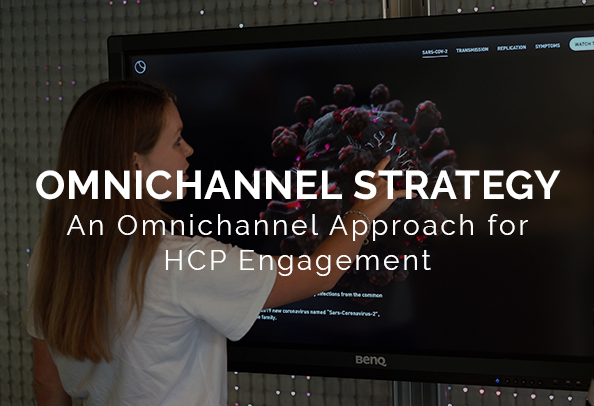Medical Animation Trends 2020
MEDICAL ANIMATION
Medical animation is always evolving. Higher demand for more detailed renders at higher resolutions with an increasingly wider field of view, along with deeper Virtual Reality (VR) and Augmented Reality (AR) experiences, push what is possible in our industry. The need for more realistic and immersive experiences continues to grow.
Random42 is evolving alongside these demands and technical revolutions. We enjoy pushing the creative boundaries and continually ask ourselves what is possible with the software and hardware available to us for computer-generated imagery (CGI). For example: How can we take advantage of higher-resolution displays? How will we generate content for these huge scientific virtual worlds? How will we enhance the quality and depth of our immersive content?
With these questions in mind, we take a look at how Random42’s in-house production team are harnessing the power of the latest in CGI technology to produce some of the most impactful imagery in the medical animation industry.
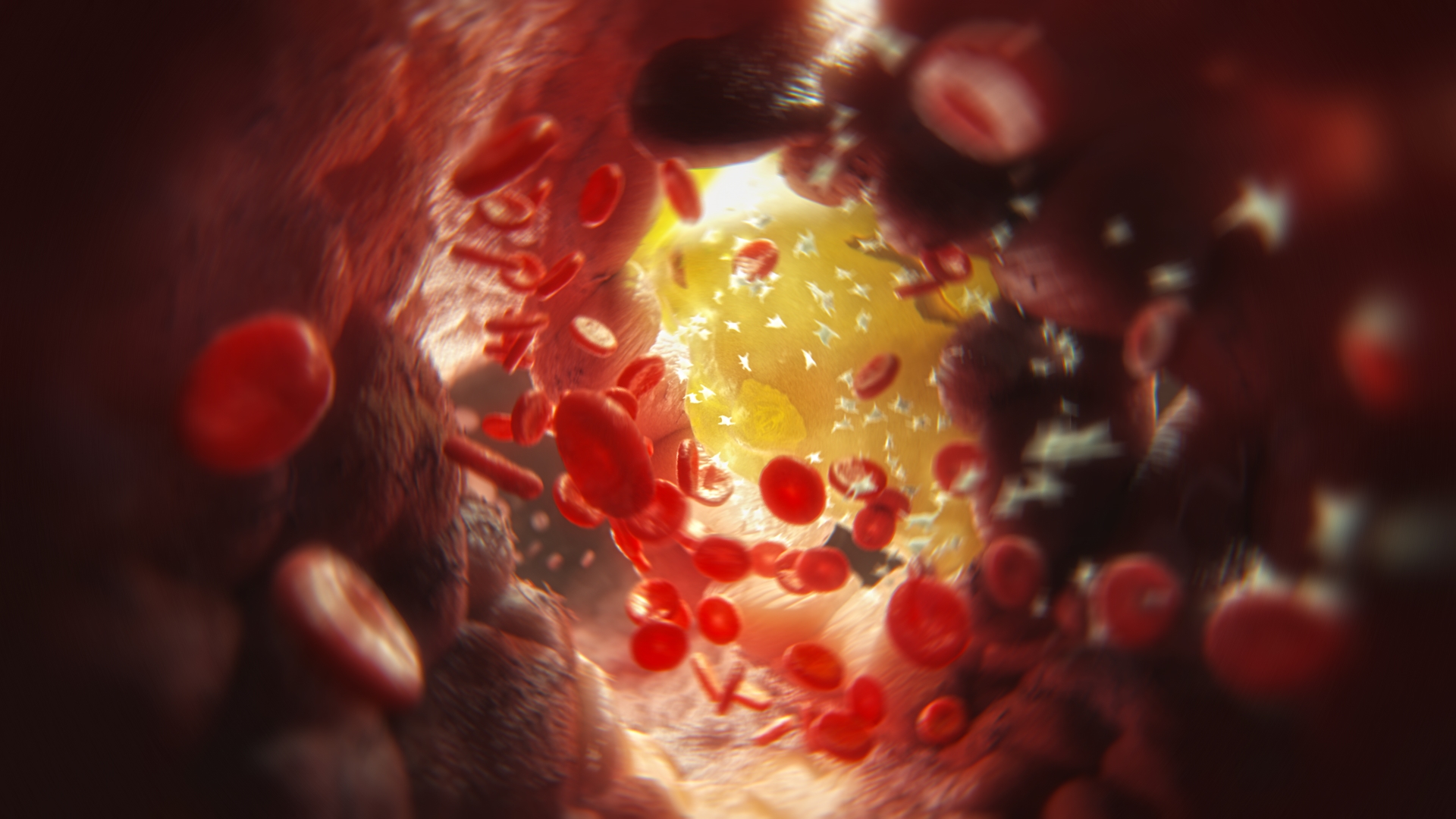
HYBRID RENDERING
Heading into 2020 and beyond, we will be taking advantage of hybrid rendering – the processing of images through a combination of the computer’s central processing unit (CPU), and the graphics processing unit (GPU). GPU-rendering is arguably one of the largest and most exciting tech trends within the animation industry in recent years. The speed, low cost and easy accessibility mean that it can be taken advantage of instantly and has now been successfully used across many industries with reliable results. Random42 has led the industry with CPU-rendering since 2008, so adding GPU-rendering to our toolkit will open new creative avenues whilst staying reliable at the cutting edge of visual effects.
Our upgraded hardware and software will give our artists faster visual feedback from the computer. This makes it much easier and faster to work with more detailed assets and texture complexity, enhancing realism and lowering waiting times. In addition to this, GPUs contain CUDA cores that allow parallel processing and utilising more CUDA cores will give our production team much more power for animations and other computer-intensive tasks.
Maintaining this hybrid pipeline will ensure the Random42 quality will not be impacted. Meanwhile, upgrading our rendering engines will help ease the transition to a more GPU-based pipeline, while continuing to take advantage of our existing CPU resources and maximising computing power.
VIRTUAL REALITY
VR and AR have changed the way we collaborate, bringing us together to review and improve our projects in new and exciting ways. VR experiences will also be improving, with the rendering technique ray tracing producing realistic lighting effects that bring stunning photorealistic visualisations into our immersive VR. Historically, ray tracing has been limited to non-real time rendering but Nvidia RTX technology will provide us with a new set of tools for real-time rendering, speeding up workflow across VR production. Nvidia RTX technology also allows variable-rate shading – a technique that will improve our VR performance and rendering quality by applying more GPU-rendering power to the more complex areas of an image, and less power to the simpler areas.
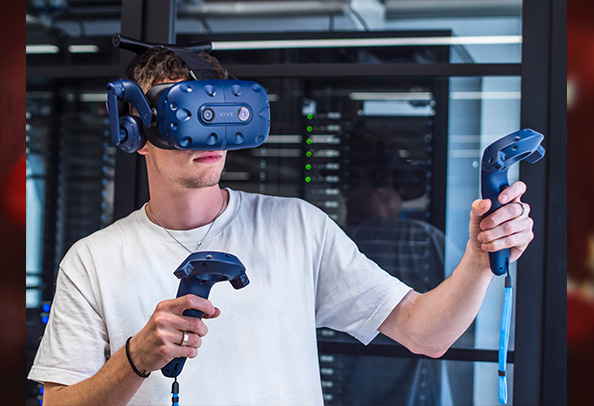
These real-time ray tracing and advanced rendering techniques will allow us to enhance the performance and quality of our 360°environments and keep Random42 at the forefront of medical VR experiences in 2020.
Are you interested in seeing how medical animation can help you?
Related news
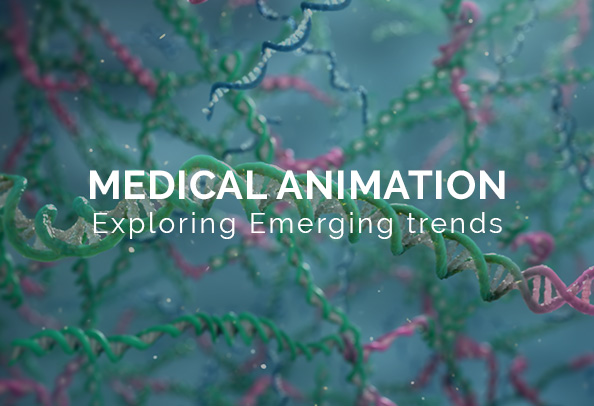
Emerging Trends in Medical Animation
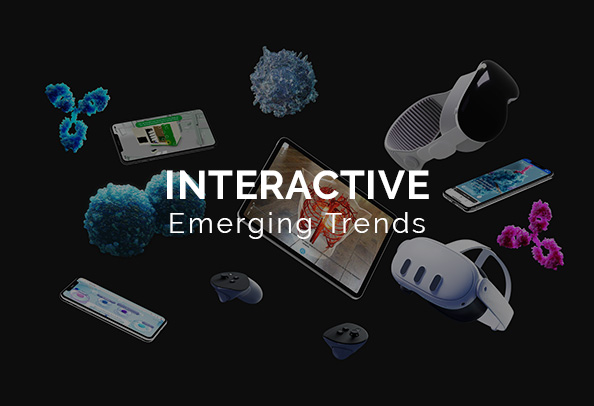
Emerging Interactive Trends

Best Headsets of 2024
